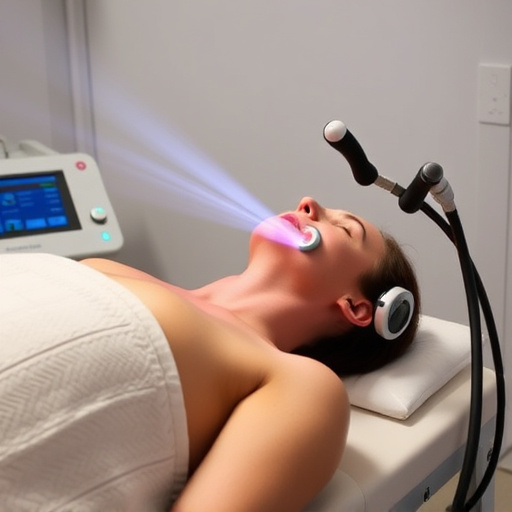Creating effective medical website design involves understanding target audience demographics and health concerns to tailor content, visuals, and navigation. Balancing user experience with SEO strategies like keyword optimization and local business marketing boosts site authority and patient acquisition. Key elements include intuitive interface, mobile-friendliness, clear CTAs, high-quality visuals, and compelling content.
In the digital age, a compelling medical website design is your key to attracting and converting visitors into patients. This article delves into the art of creating an engaging online presence that resonates with your target audience. From understanding their unique needs and preferences to crafting a user-friendly interface, we explore strategies to enhance patient engagement. Additionally, we’ll guide you through optimizing for conversions and search engine optimization (SEO) success, ensuring your medical website design stands out in a competitive market.
- Understanding Your Target Audience
- Creating an Engaging and User-Friendly Interface
- Optimizing for Conversions and SEO Success
Understanding Your Target Audience

Understanding your target audience is a crucial step in crafting an effective medical website design that converts visitors into patients. By delving into demographics, health-related concerns, and online behaviors specific to your ideal patient, you can tailor your site’s content, aesthetics, and navigation accordingly. For instance, if your practice caters primarily to young families, ensuring easy access to information about children’s healthcare services and utilizing vibrant, comforting visuals can create a welcoming atmosphere.
This tailored approach extends beyond aesthetics. Incorporating SEO services near me or keyword research services to optimize your site for relevant health queries will improve your visibility in search results. By optimizing content to align with patient needs and using keywords strategically, you enhance your chances of attracting organic traffic, ultimately boosting your Google search rankings. An informed design strategy that considers both user experience and search engine optimization ensures your medical website effectively reaches and engages its intended audience.
Creating an Engaging and User-Friendly Interface

A successful medical website design goes beyond simply showcasing information; it aims to engage and captivate visitors, turning them into patients. The interface should be intuitive and user-friendly, allowing potential patients to navigate effortlessly. Clean layouts, clear calls-to-action (CTAs), and a logical structure are essential elements that facilitate a seamless user experience. Incorporating high-quality visuals, such as professional photos or videos of the medical facility or staff, can instantly build trust and make the website more inviting.
By prioritizing mobile-friendly website design, you ensure that potential patients can access your site conveniently from their smartphones or tablets, which is crucial in today’s digital marketing landscape. This adaptability not only caters to the growing number of mobile users but also increases website traffic and improves search engine rankings. Effective medical website design considers these factors, providing an exceptional user experience that encourages visitors to explore further and ultimately convert into patients.
Optimizing for Conversions and SEO Success

Optimizing a medical website design for conversions is paramount to turning visitors into patients. Effective strategies include streamlining user journeys with clear calls-to-action, simplifying forms, and leveraging persuasive design elements that build trust. A well-designed site should intuitively guide users through each step of the patient journey, from initial interest to scheduling an appointment. Incorporating high-quality visuals, compelling content, and easy navigation enhances engagement and encourages conversions.
Moreover, integrating search engine optimization (SEO) best practices is crucial for achieving both conversions and local SEO success. Optimizing meta titles, descriptions, and headers with relevant keywords like “medical website designer Davie FL” boosts local search visibility. Local business online marketing strategies, such as leveraging Google My Business listings and earning positive patient reviews, further enhance the site’s authority and attract targeted traffic. Ultimately, a balanced approach that prioritizes user experience and SEO will drive more qualified leads and increase patient acquisition.
A well-designed medical website is a powerful tool to attract and convert visitors into patients. By understanding your target audience, creating an engaging interface, and optimizing for conversions, you can enhance patient acquisition and retention. Implementing these strategies ensures your medical website design not only stands out in the digital landscape but also delivers tangible results, making it a valuable asset for any healthcare practice. Focus on these key areas to revolutionize your online presence and watch your patient base grow.














